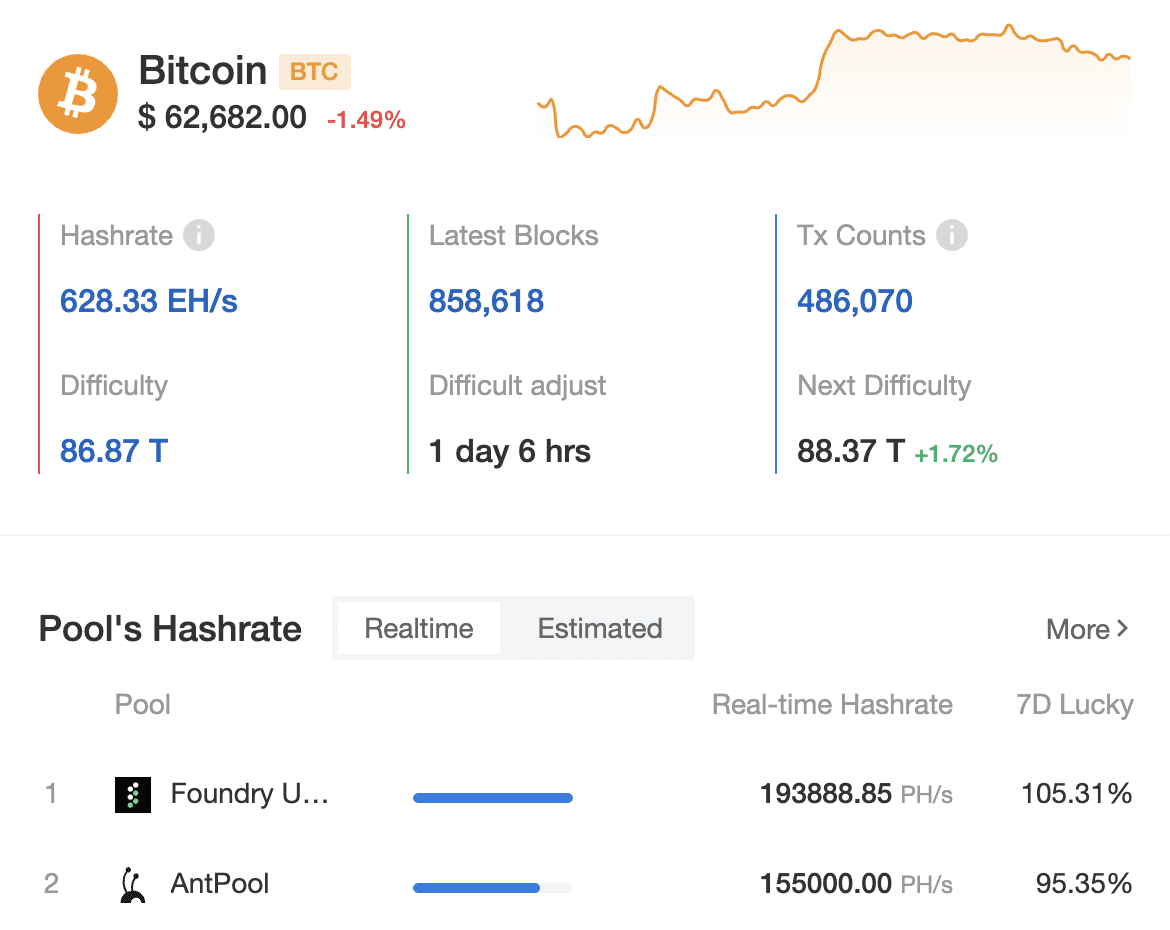The firm has filed for bankruptcy in the Southern District of Texas.
The U.S. Bitcoin miner has debts of $50 million to $100 million, and the total assets of Rhodium Enterprises are estimated from $100 million to $500 million. The bankruptcy petition includes six subsidiaries, namely Rhodium Encore, Jordan HPC, Rhodium JV, Rhodium 2.0, Rhodium 10MW and Rhodium 30MW.
The company’s financial difficulties have been exacerbated by declining profits for Bitcoin miners, especially after the last halving. The reduction in miner rewards, coupled with higher electricity prices, has further reduced the size of miners’ profits.
In July, Rhodium Enterprises failed to repay loans worth $54 million. In 2021, the company raised $78 million in loans for its subsidiaries. Despite two proposed debt restructuring plans, disagreements among stakeholders led to a default.
How crypto companies file for Chapter 11
After the collapse of the Terra ecosystem, a wave of bankruptcies swept the cryptocurrency market. Celsius Network, Three Arrows Capital, Voyager Digital, FTX, and several other major crypto firms have declared insolvency.
Many of these companies are undergoing the relevant procedure in the U.S., where filing under Chapter 11 of the U.S. Bankruptcy Code allows them to reorganize their business and pay off the debts to creditors.
Under Chapter 11, the company can also restructure its debts and continue operating. As for mining firms, in 2022, Core Scientific did the same, using a bankruptcy filing to protect itself from creditors. The company emerged from bankruptcy in early 2024.
The worst time to mine Bitcoin
Bitcoin mining has faced difficult times amid the April halving and the fall of its price (BTC). Experts at BlocksBridge Consulting said that cryptocurrency mining was on the verge of profitability for market participants without access to cheap electricity. Even after recovering the Bitcoin price, the hashrate barely exceeded $40 per PH/s.
According to experts, independent mining in the context of rising electricity costs will likely bring net profit after taxes. The financial reports of three major companies, MARA (Marathon Digital), Core Scientific, and Riot, indicate that their Bitcoin mining costs in July exceeded $60,000 per coin.
In addition, CryptoQuant analysts stated that the Hash Ribbons indicator shows that large miners are switching to more energy-efficient equipment and returning to the market. CryptoQuant experts believe that miners will continue to adhere to the chosen strategy of investment diversification, expecting the value of the first cryptocurrency to rise to $70,000 and above by the end of the year.
Mining centralization
Rhodium’s bankruptcy became an example of a statement by CryptoQuant analysts, who predicted that miners would gradually leave the market. Smaller companies need more funds to purchase expensive equipment, and conglomerates of large participants will begin to form on the market.

This is also evidenced by BTC.com data, which shows that two mining pools control more than 50% of the current bitcoin hashrate — Foundry USA and AntPool.










